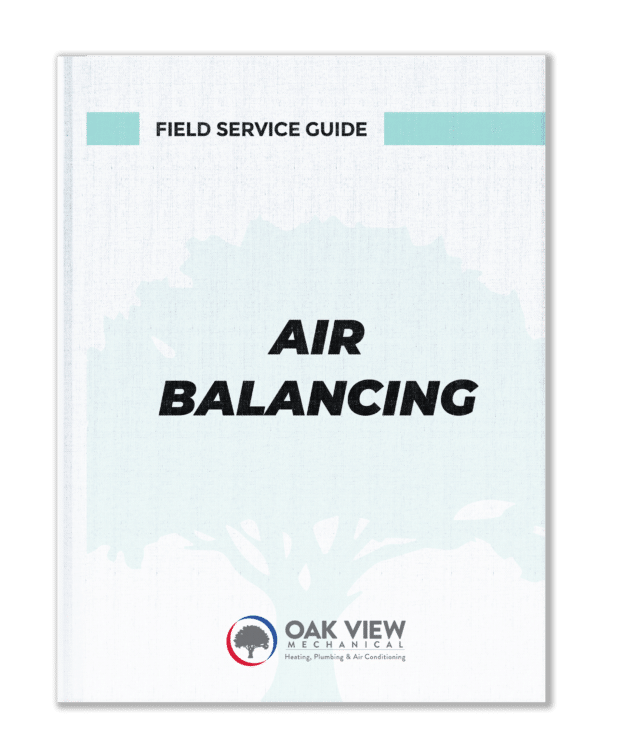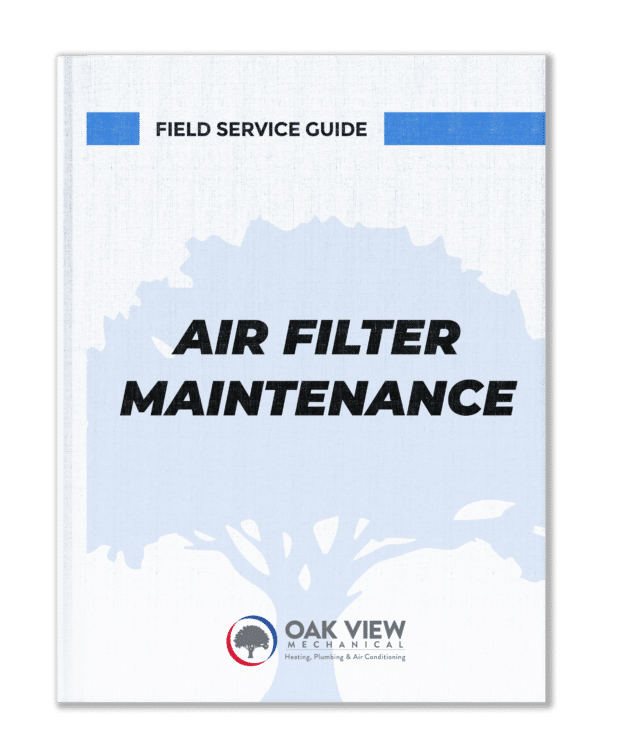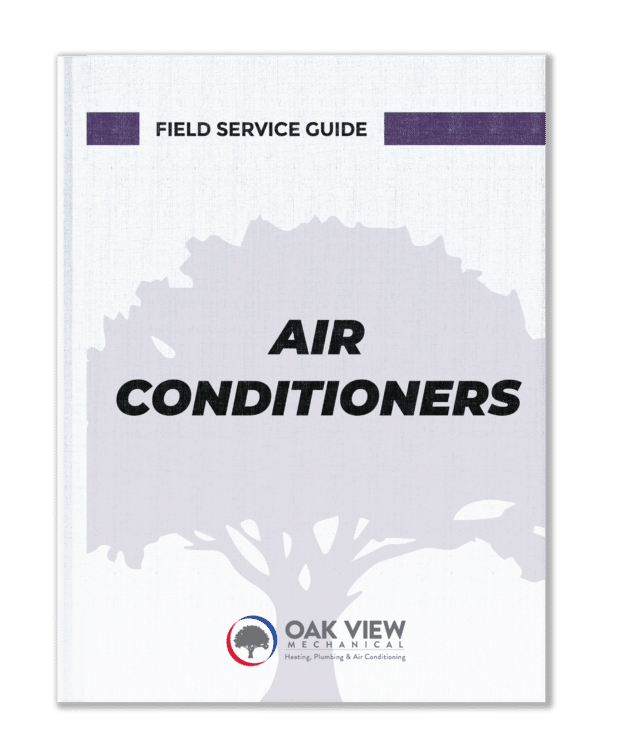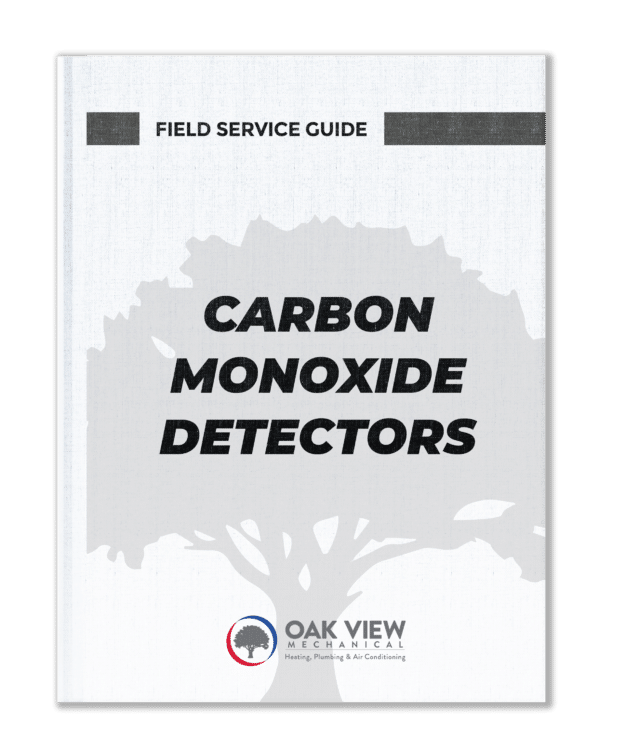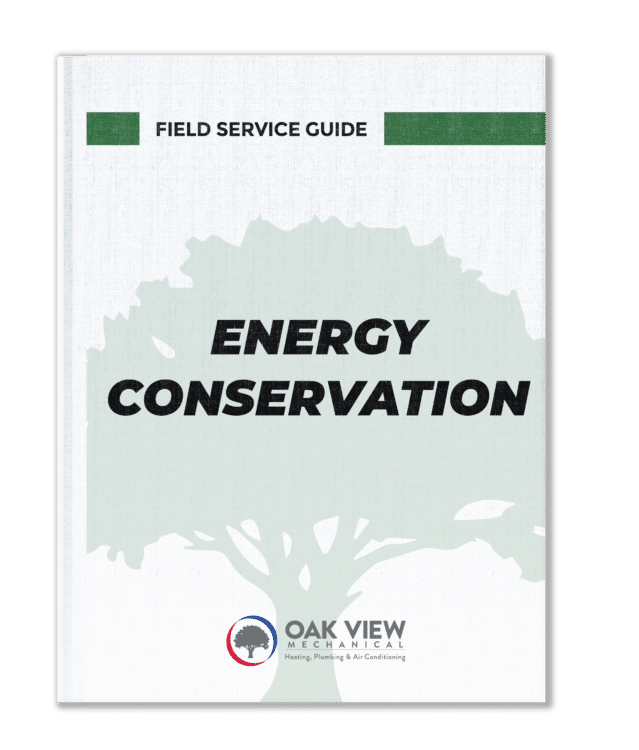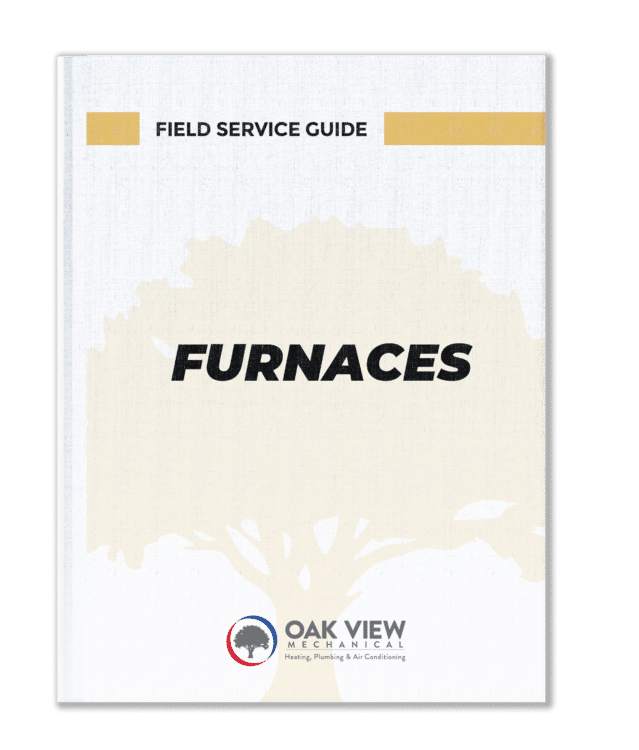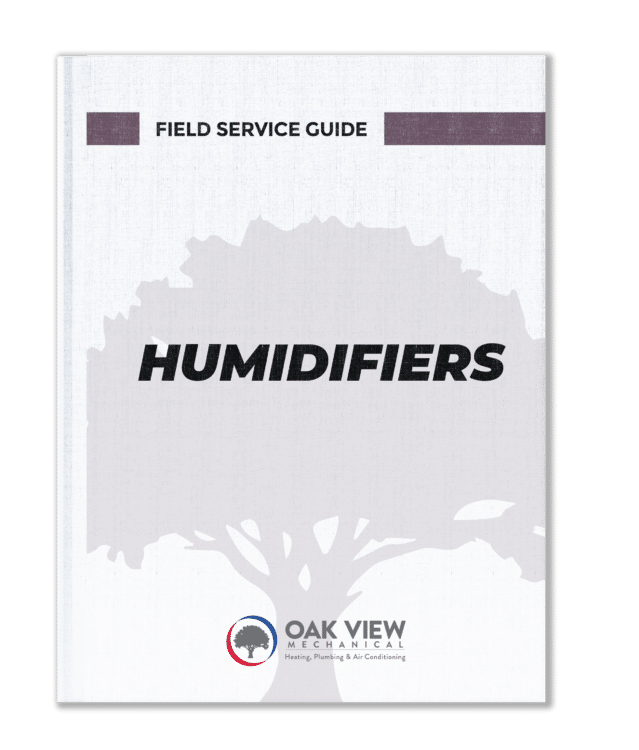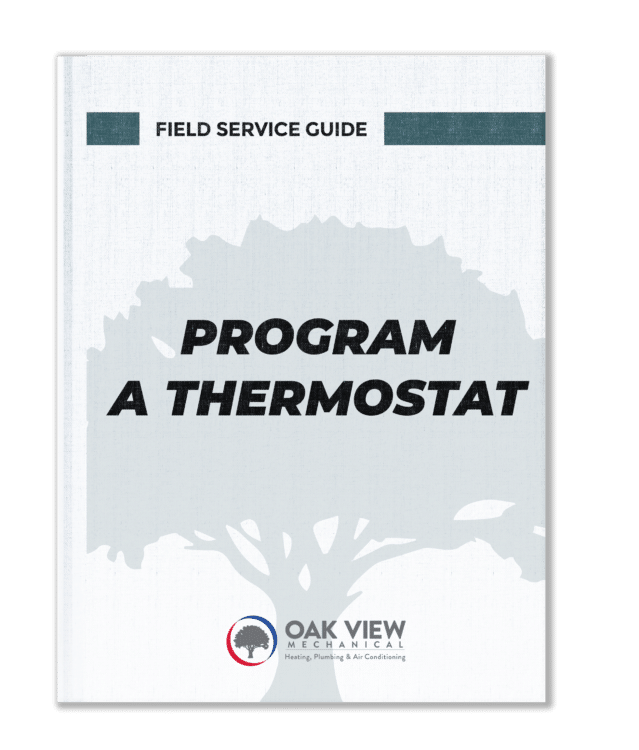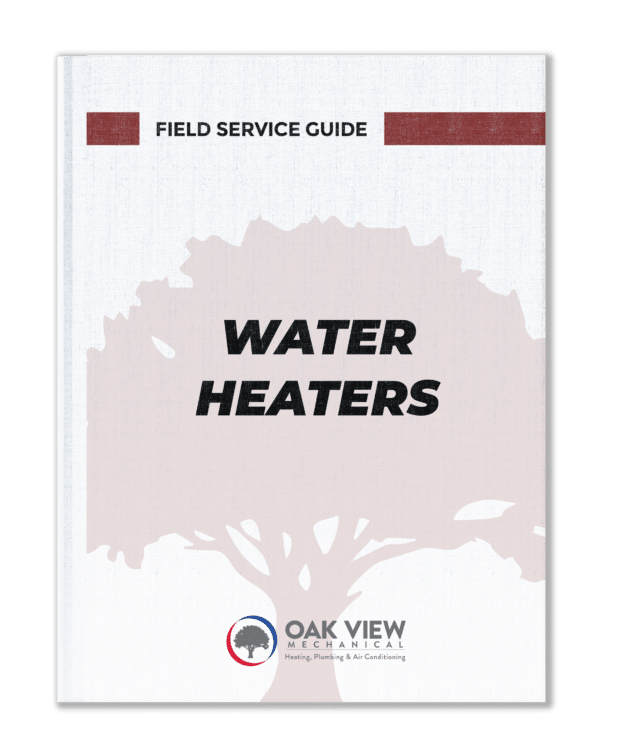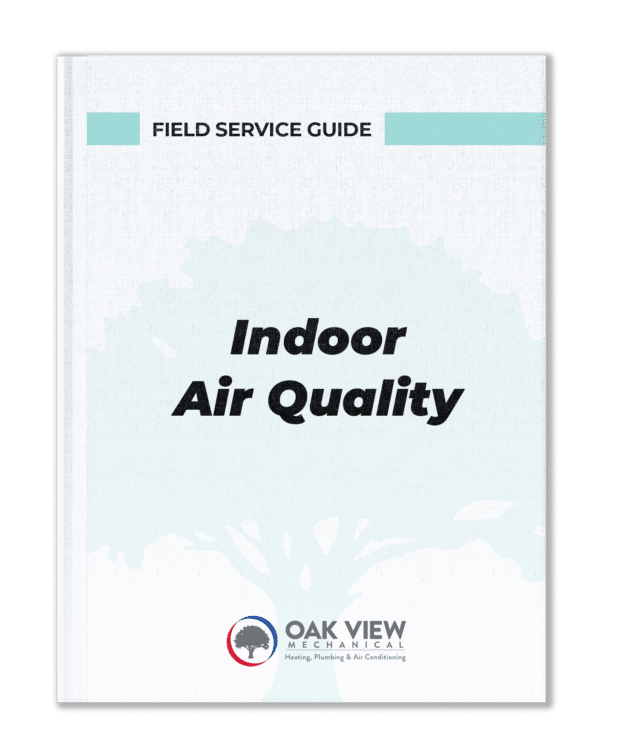HVAC is an acronym that stands for Heating, Ventilation and Air Conditioning. The term HVAC is used to describe a complete home comfort system that can be used to heat and cool your homes, as well as provide improved indoor air quality.
If you notice signs of accumulating moisture, such as condensation on the insides of the windows, or persistent foul odors, or excessive dust you might have poor ventilation. Left unmitigated, these can exacerbate allergy and asthma symptoms, can cause sickness and nausea, and mental and physical fatigue, all due to low oxygen levels, and harmful toxins.
Ventilation can be achieved naturally, by localized exhaust fans, or via a whole-home ventilation system. Natural ventilation is simply uncontrolled air, where outside air is entering an indoor space on its own. (Open windows or doors or through leaks from unsealed spaces).
Energy-efficient homes, both new and existing require mechanical ventilation to maintain indoor air quality.
Spot ventilation is the use of localized exhaust fans. It is a form of mechanical ventilation which uses fans to exchange air, but is localized to a specific area of the home only. (Kitchen or Bath Fans). These concentrated ventilation systems aim to remove pollutants and odors (like those caused by cooking) or remove excess moisture from a space (as caused by a shower).
Bath Fans
If you plan on using your exhaust fan in winter, you must use it correctly. Your exhaust fan should run for as long as you take your shower and should continue to run on for 15 minutes after it. This will help you remove all the moisture from your bathroom so that your walls and mirrors do not mold.
Kitchen Vents
While not required, it is recommended that all homes have a kitchen rangehood to vent contaminates from cooking to the outside. When cooktops are not vented and exhausted, the ceiling or cabinets above the cooktop can become soiled and stained by grease and steam. Rangehoods can be mounted above your cooktop (space permitting), or can be built into the range hob and be a downdraft vent.
Whole-Home Ventilation
Whole-Home ventilation uses one or multiple fans and ductwork to effectively bring fresh outdoor air indoors and remove stale indoor air. The goal is to improve indoor air quality and effectively ventilate a large space. A whole-home ventilation system uses existing ductwork within the HVAC system, which also filters the air for a cleaner and healthier indoor air.
A whole-home ventilation system can be an exhaust only system (bath or cooktop), supply only which will bring in fresh air (attic fan), or can be balanced to supply fresh outdoor air and exhaust stale indoor air. Balanced home ventilation systems help heat and cool air during the ventilation process.
A whole-home ventilation system will last 5 -20 years, depending on maintenance. They should be serviced every 2 years with filter changes/cleaning every 3-6 months in between.
Dryer Vent Cleaning
You should clean your dryer vent at every two years. For families with heavier use, and/or pets, you may want to do it more often. Lint building up in the vent not only makes laundry take longer to dry but it can also be a fire hazard. When the vent accumulates so much lint and other debris that heat cannot escape through it, that means carbon monoxide can’t escape through the vent either. When your gas dryer is running, colorless and odorless carbon monoxide may build to potentially dangerous levels in the room where the appliance is located. For your safety and peace of mind call Oak View Mechanical for this often-overlooked maintenance.
